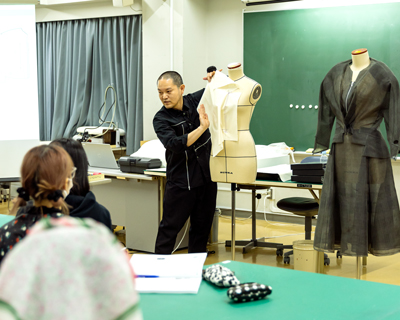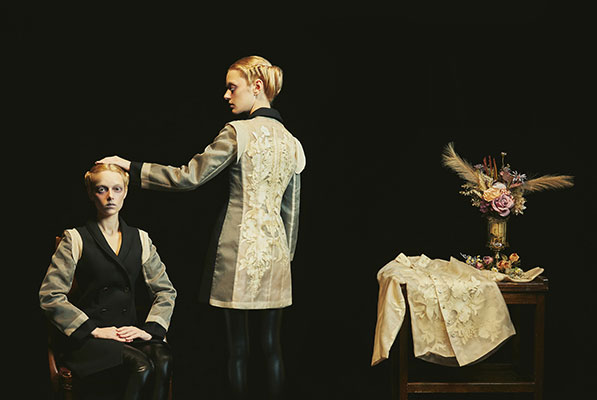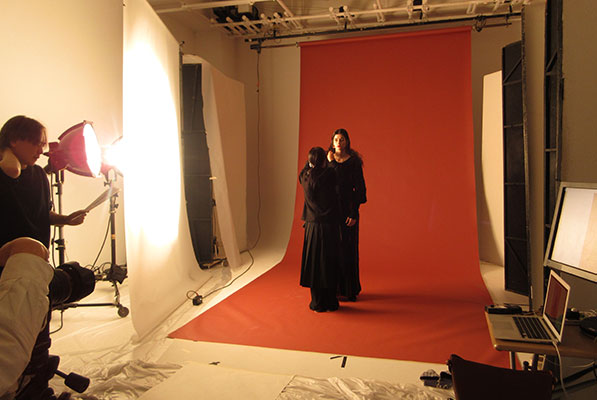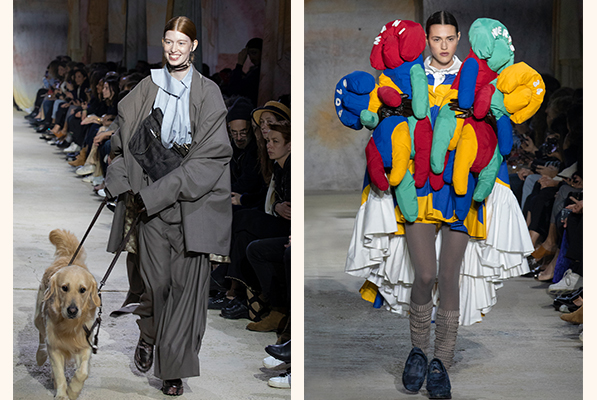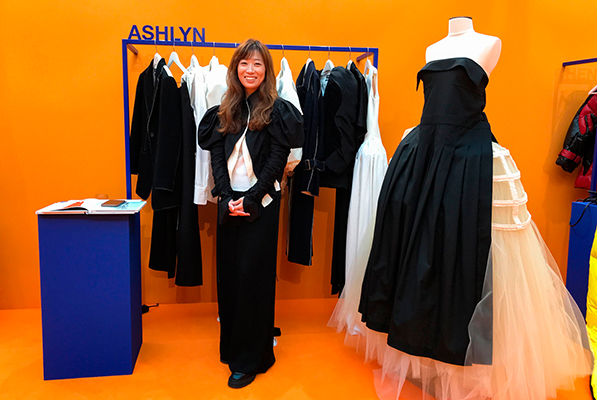Fashion Design Course
Building on your sensibilities, skills, and knowledge,
pave your own way to becoming the world’s leading
owner and designer of your original brand.
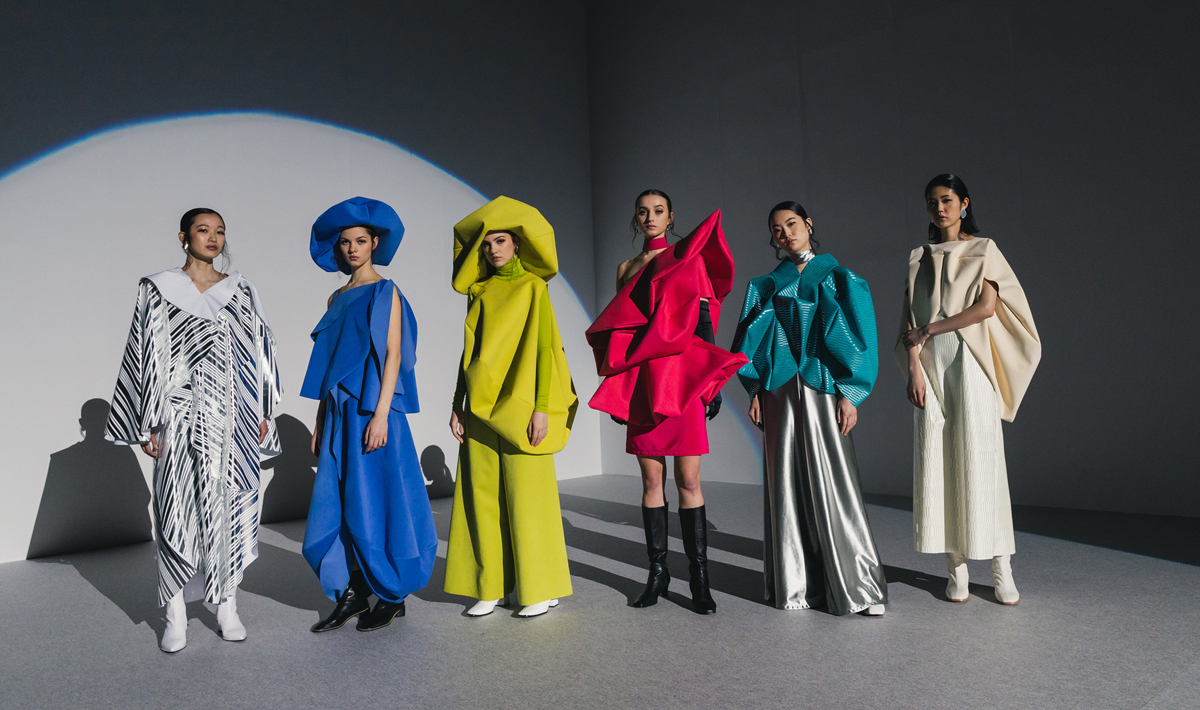
Attaining the ability to “Create”, “Envision”, and “Manage” is essential for fashion designers.
FASHION SHOW

The Fashion Design Course has nur tured a huge number of awardees in domestic and overseas competitions every year. They are graduates who work in world-famous brands or owner designers. The annual graduation show, which involves a careful and rigorous selection process, is also attracting attention from the fashion industry.
17th BFGU FW: FASHION SHOWBFGU MAGAZINE
BFGU MAGAZINEMany Prize Winners in Competitions
A collaboration research project between BFGU × VEST CO.,LTD.
Business: Designer brands, Fashion apparel makers
Occupations: Owner designer, Creative designer, Knit designer, Textile designer
■ Employment Situation
・Alumni Careers(Japanese page)
Curriculum
The Fashion Design Course offers a wide variety of subjects ranging from practical subjects designed to help students acquire knowledge and skills about fashion to management-related subjects linking design with business. Along with the lectures, students work on a research project with an aim to build their own brands in two years and learn how to give concrete shapes to their own concepts. In the first semesters of the first year and second year, they present their concepts. They will create 8 to 13 items in the first year and 11 to 16 items in the second year. *The subjects below may change.
Basic Research & Collection
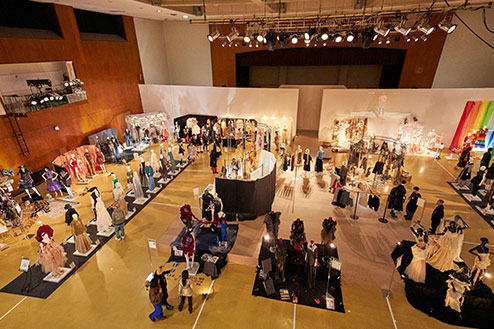
Completing 8-13 works started in the previous semester and presenting them as “Completed Production Collection Exhibition”. In order to exhibit in full coordination based on the concept, students are going to learn about presentations, including external elements such as the composition of the booth, lighting, and portfolio.
Final Research & collection
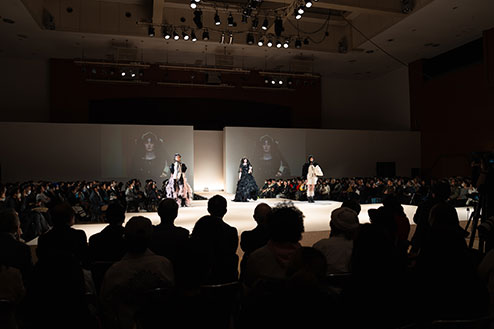
As the culmination of their individual two-year creative journeys, each student produces 11 to 16 coordinated final works, along with a portfolio. These are reviewed by faculty and presented in a graduation show and exhibition format. Additionally, they are compiled and published as a visual presentation in the “BFGU MAGAZINE.” The production of these final works also incorporates collaborative research and industry-academia partnerships.
Nurturing Creativity Ⅱ
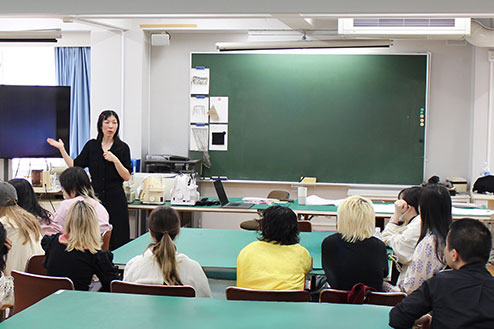
Cultivating individual worldviews, preferences, design characteristics, and expressive methods while enhancing creative abilities through unique perspectives and practical processes. Encourages exploration of new possibilities in form and expression, and develops the skills needed to effectively communicate intended design concepts.
Product Planning for Designer Brands

Students are able to understand how to plan products and acquire the ability to visualize brand design and product planning. Then, put their own brand plans into a portfolio.
AY 2025 Curriculum Subject List
FIRST YEAR SUBJECT
- [Required]
- Basic Research & Collection
- Nurturing Creativity I
- Fashion Business Ideathon
- Advanced CAD Fashion Design
- Apparel CAD Skills
- Apparel 3DCAD I
- Apparel 3DCAD II
- Apparel Production Management
- Apparel & Textiles (Practical)
- Apparel Ergonomics
- Internship Program in Design
- Creative Draping
- Sustainable Fashion A
- Sustainable Fashion B
- Materials Theory
- Product Planning for Designer Brands
- Design Development
- Knitting Patterns & Design
- Aesthetics
- AI, Metaverse & Fashion
- Fashion Design & Society A
- Fashion Business Communication
- Fashion & Culture
- Materials and Design
- Structure and Design of Men’s Wear
[Elective]
FINAL YEAR SUBJECT
- [Required]
- Nurturing Creativity II
- Final Research & Collection
- Computerized Knitting
- Intellectual Property Management
- Fashion Design & Society B
- Fashion Design and Product Direction
- Launching a Fashion Brand (Practical)
[Elective]
